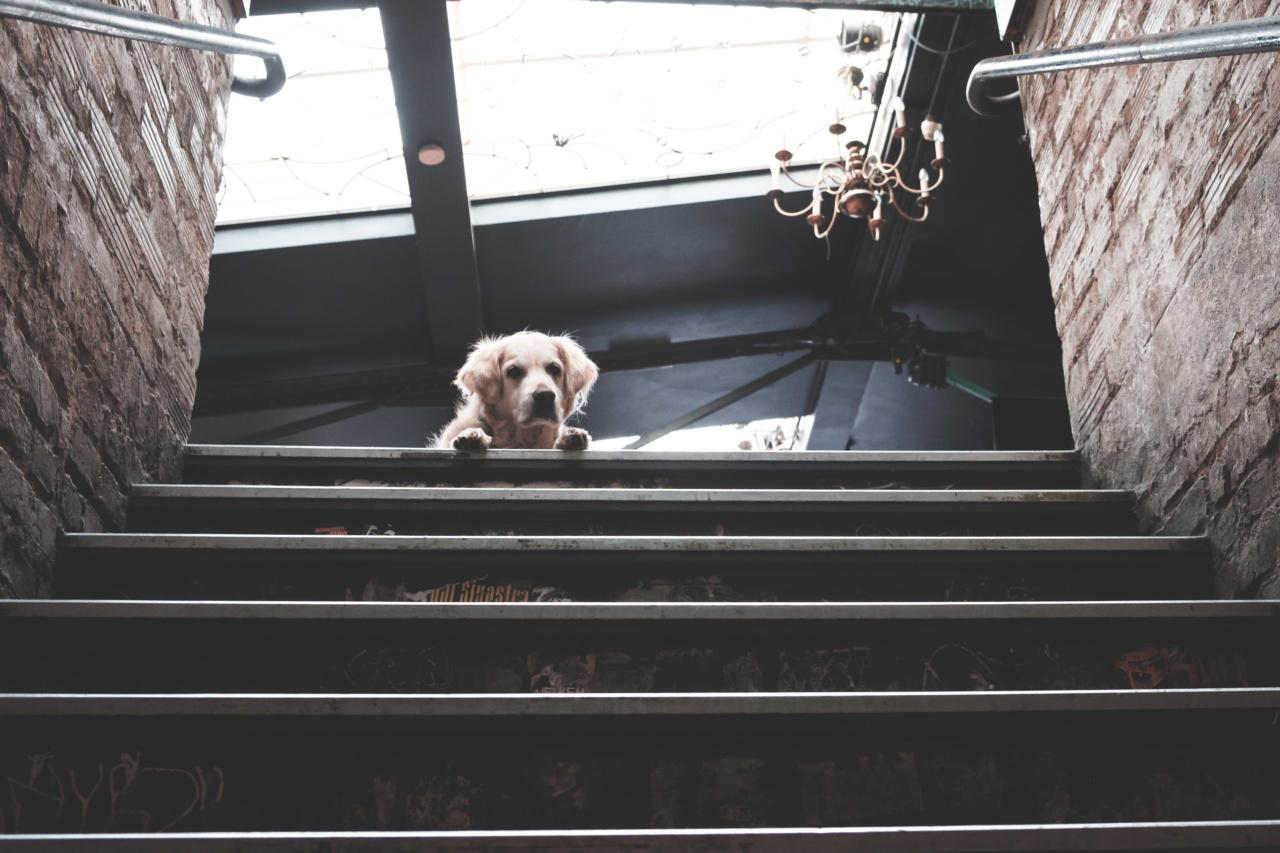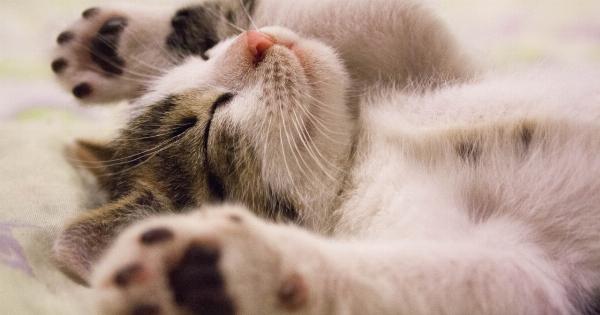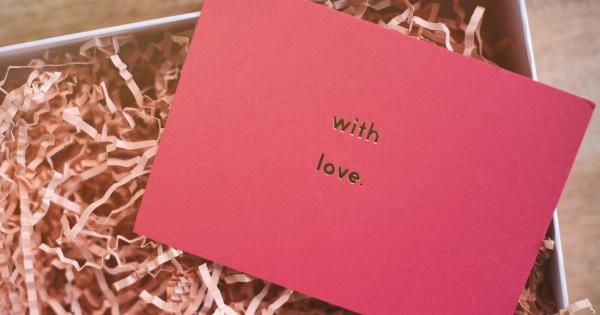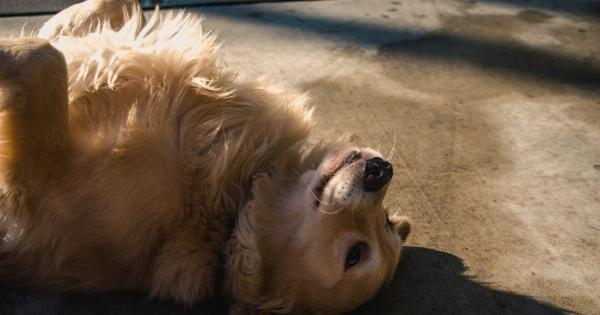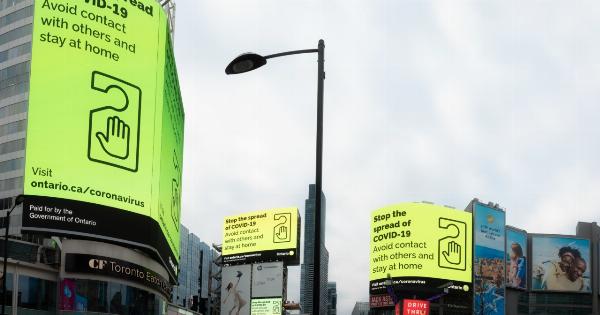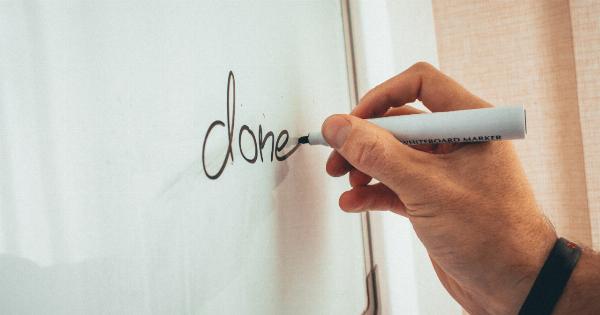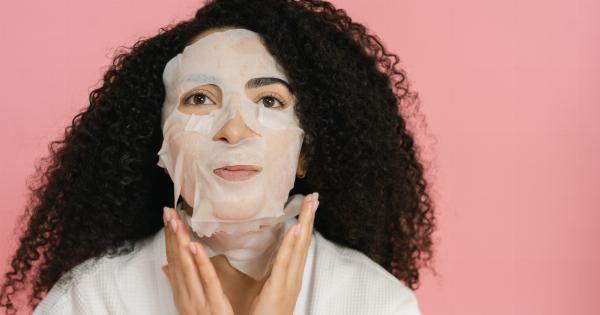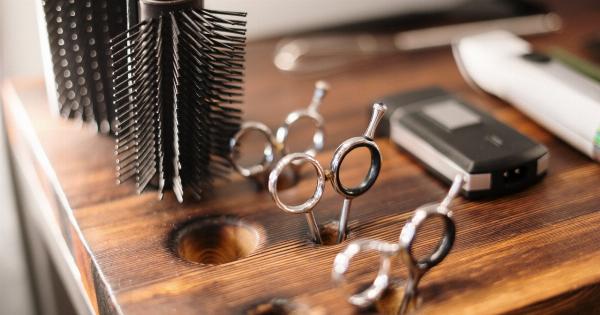Chin fluff, also known as peach fuzz, is a common issue that many people face. It can be frustrating and can affect one’s self-confidence.
Fortunately, there are steps you can take to say goodbye to chin fluff and achieve smoother, more refined-looking skin. In this article, we will discuss four effective methods to tackle this problem.
Cleanse and Exfoliate Regularly
Proper cleansing and exfoliation are essential steps in removing chin fluff. Start by washing your face with a gentle cleanser to remove any dirt, oil, and dead skin cells that may be clogging your pores.
Use circular motions and avoid scrubbing too harshly, as this can irritate the skin.
After cleansing, exfoliate your chin area using a gentle exfoliating scrub or a chemical exfoliant. This step helps to slough off dead skin cells and promotes the growth of new, healthy skin.
Choose an exfoliant that is specifically formulated for the face and massage it onto your chin using gentle circular motions. Rinse thoroughly to remove any residue.
Consider dermaplaning
Dermaplaning is a non-invasive procedure that uses a scalpel to gently scrape off the top layer of dead skin cells and vellus hair (peach fuzz) from the chin and other areas of the face.
This treatment helps to reveal smoother, softer skin and can significantly reduce the appearance of chin fluff.
It is recommended to have this procedure performed by a trained aesthetician or dermatologist. They will use a sterile scalpel and perform a careful, controlled scraping motion to remove the unwanted hair and dead skin cells.
Dermaplaning not only addresses chin fluff but also allows for better absorption of skincare products and makeup application.
Try a facial hair removal method
If you prefer to remove chin fluff at home, there are several facial hair removal methods you can try. Here are a few popular options:.
1. Waxing
Waxing involves applying warm wax to the skin and then using a cloth strip to pull off the wax and hair. This method can be effective in removing chin fluff as it pulls the hair out from the root.
However, it can also cause some discomfort and may not be suitable for sensitive skin.
It is advisable to visit a professional esthetician for waxing, especially if you are new to the technique. They are trained to perform it properly, reducing the risk of irritation or complications.
If you choose to wax at home, be sure to follow the instructions carefully and conduct a patch test first to check for any adverse reactions.
2. Depilatory Creams
Depilatory creams are chemical-based products that break down the structural protein of the hair, allowing it to be easily wiped away.
These creams are typically applied to the chin area and left on for a designated period of time before being wiped off with a damp cloth or spatula.
When using depilatory creams, it is important to carefully follow the instructions and perform a patch test to check for allergies or sensitivities. Avoid leaving the cream on for longer than recommended, as this can irritate the skin.
Depilatory creams are a convenient option, but the results may not last as long as other methods.
3. Threading
Threading is an ancient hair removal technique that involves using a thread loop to twist and pluck out individual hairs. It is a precise method that is commonly used to shape eyebrows, but it can also be used to remove chin fluff.
While threading can be done at home with practice, it is recommended to visit a professional threader for better results, especially when targeting the delicate chin area.
Threading may cause slight discomfort, but it is generally well-tolerated and provides longer-lasting results compared to depilatory creams.
4. Tweezing
Tweezing involves using a pair of tweezers to pluck out individual hairs from the root. This method is especially suitable for removing a few stray chin hairs or maintaining the shape after using other hair removal methods.
When tweezing, make sure to use clean tweezers and pull the hair in the direction of its growth to minimize discomfort. However, tweezing can be time-consuming, so it may not be the most ideal method for removing larger areas of chin fluff.
Maintain a Skincare Routine
Once you have successfully removed chin fluff, it is important to maintain a regular skincare routine to prevent its recurrence. Here are a few essential steps to incorporate:.
1. Moisturize
After each cleansing or hair removal session, apply a moisturizer formulated for your skin type. Moisturizing helps to keep the skin hydrated, soft, and supple. Look for a non-comedogenic moisturizer to avoid clogging your pores.
2. Protect with Sunscreen
Sun protection is crucial in preventing skin damage and maintaining overall skin health. Apply a broad-spectrum sunscreen with at least SPF 30 daily, even on cloudy days.
This helps to shield your skin from harmful UV rays, which can worsen chin fluff and cause other skin issues.
3. Avoid Harsh Chemicals
Avoid using harsh chemicals, like alcohol-based products or strong astringents, as they can irritate the skin and potentially exacerbate chin fluff. Opt for gentle, fragrance-free skincare products that are suitable for your skin type.
4. Regularly Cleanse and Exfoliate
Continuing to cleanse and exfoliate your skin is important to prevent the buildup of dead skin cells and maintain a smooth complexion. Stick to a regular routine and avoid over-exfoliating, as this can lead to skin irritation.
Conclusion
Saying goodbye to chin fluff is possible with the right approach. By implementing proper cleansing and exfoliation techniques, considering dermaplaning, and utilizing suitable hair removal methods, you can achieve smoother, fluff-free skin.
Remember to maintain a skincare routine that includes moisturizing, sun protection, and gentle products to prevent the recurrence of chin fluff. Take care of your skin, embrace your natural beauty, and say hello to a chin that feels confidently smooth and fuzz-free!.
